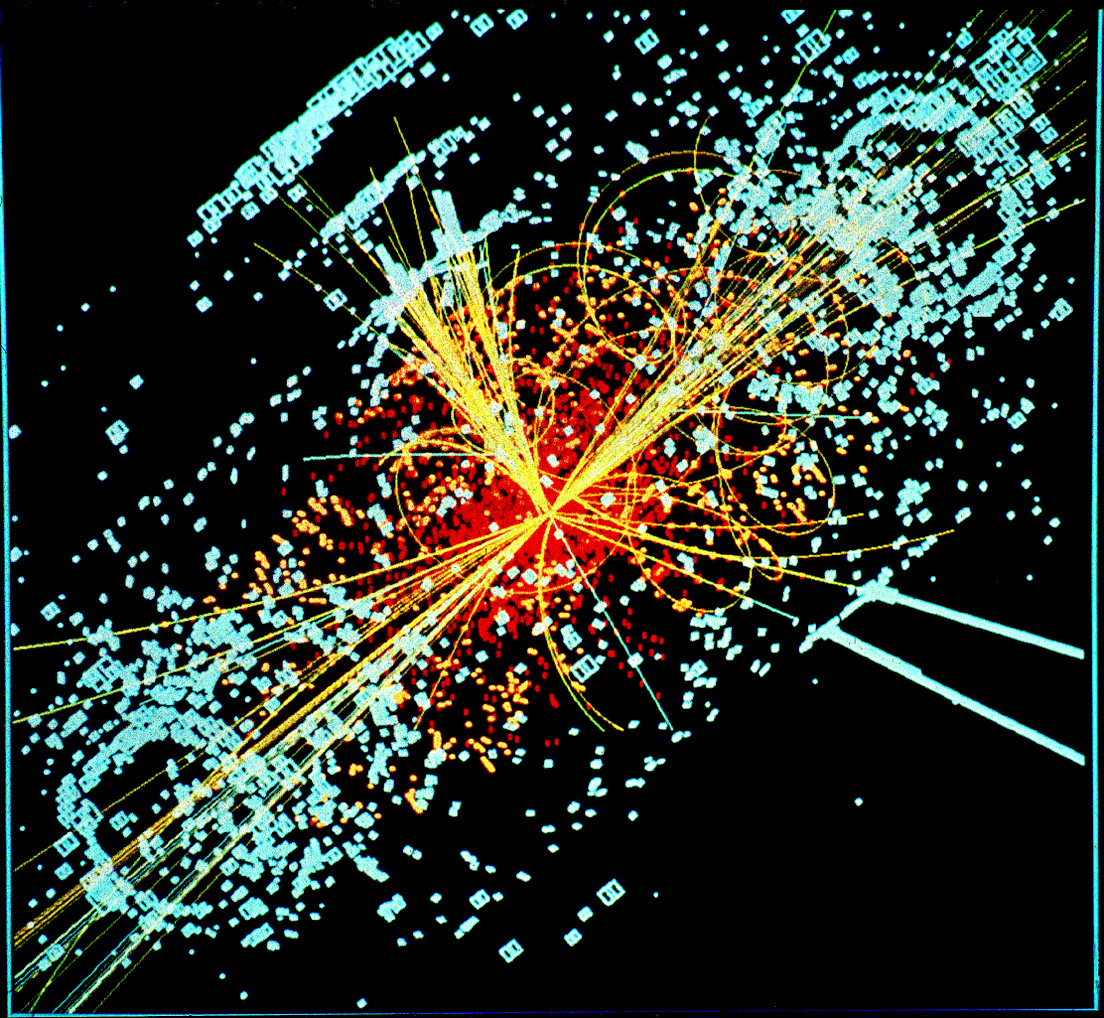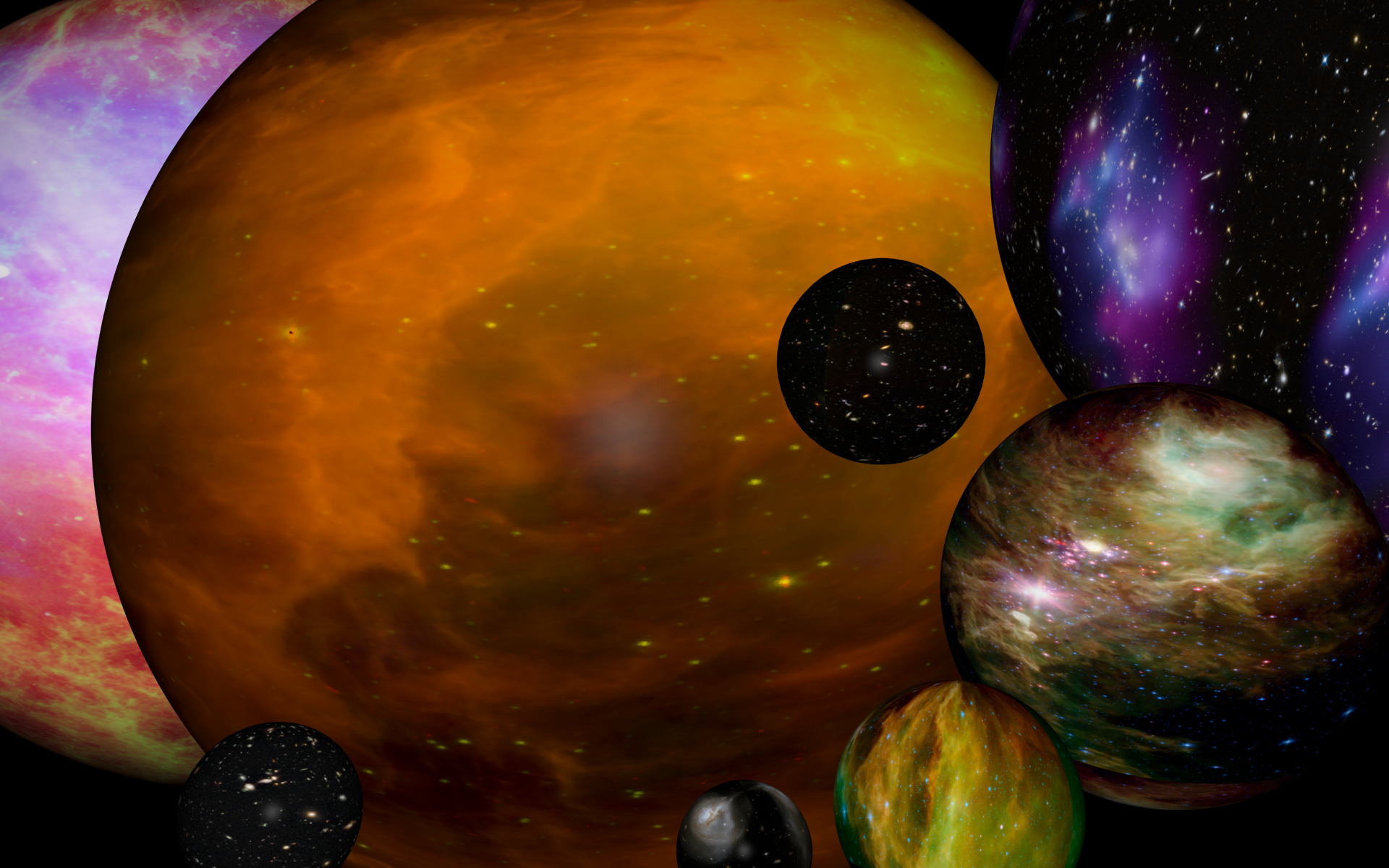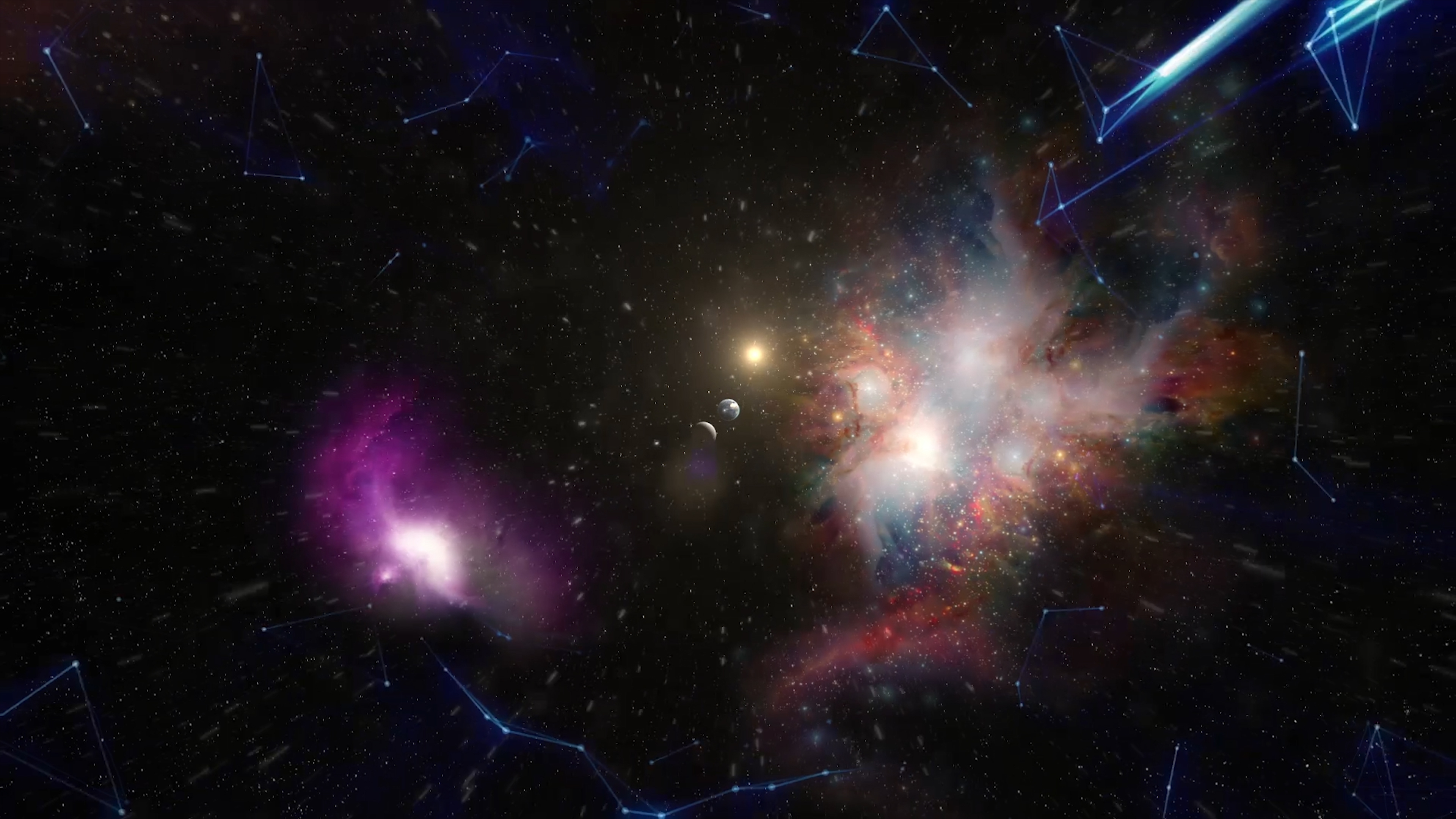Why is the Higgs field set at this weird, very finely tuned position? Various theories for this have been put forward. One idea is called supersymmetry, a new sort of symmetry in nature where every particle we know about gets a super version or super partner. One of the big goals of the LHC was to find these super particles but so far, we’ve seen no sign of them.
The mysteries in particle physics and fundamental physics
Particle Physicist
- It’s a mystery that we exist at all. According to the Standard Model, matter and antimatter should have annihilated each other in the earliest moments of the universe.
- One of the goals of the Large Hadron Collider is to find new particles that may help explain why the Higgs field is so finely balanced. So far, no new particles have been discovered.
- However, physicists at the LHC have encountered anomalies in their experimental results that may suggest the presence of new particles.
The enduring mystery of existence
There are many mysteries in particle physics and fundamental physics in general that we can’t answer at the moment. This is why we do experiments at the Large Hadron Collider and elsewhere.
The most straightforward problem to explain is the mystery of dark matter. We know from astronomy that there is about five times more invisible, or dark matter in the universe than ordinary matter. By ordinary matter, I mean stuff made of atoms and particles in the Standard Model of particle physics. This includes gas, dust, stars, planets and people. But all of that represents only about one-sixth of the total matter in the universe. Eighty-five per cent of the matter in the universe is this mysterious stuff called dark matter, which doesn’t interact with, reflect, emit or absorb light. We can tell it’s there from its gravitational influence on the visible universe, but we have no idea what it’s made from and there are no particles in nature that can explain what dark matter is. One of the big hopes is that either at the LHC or some other direct detection experiments underground, we might get a clue as to what the particle of dark matter is.
Perhaps the most embarrassing outstanding problem is that the Standard Model of particle physics, our best theory of the universe, tells us that the material universe should not exist. This has to do with antimatter, which you can think of as a mirror image of the ordinary matter in our universe. In the Standard Model, every particle has an "anti" version. The electron, which is negatively charged, has an "anti" version called the positron, which is positively charged. Our theories tell us that in the early universe, we should have got equal amounts of matter and antimatter created in the Big Bang. But had that happened, either there would be anti-galaxies and anti-stars out there in the universe – and we see absolutely no evidence for that – or matter and antimatter would have annihilated each other and left us with an empty universe. So, the fact that we exist is a big mystery.
Looking for super particles
One problem that’s motivated much work in particle physics over the past couple of decades, both theoretical and experimental, relates to the Higgs boson itself.
The Higgs boson is why fundamental particles have mass. Discovering the Higgs boson proves the existence of something called the Higgs field, which is all around us, filling the whole universe. The big problem with the Higgs field is as follows: the Higgs field is responsible for giving mass to the particles in nature, and the strength of the Higgs field determines how heavy particles are. So, if you make the Higgs field stronger, particles get more massive. If you make it weaker, particles get less massive.
However, our theory suggests that the Higgs field should have only one of two values. Either it should have a zero value, and if that were true, the particles that we’re made of would have no mass, atoms couldn’t form and we wouldn’t exist. The other option is that the Higgs field has an enormous value known as the Planck energy, an incredibly high amount of energy. If the Higgs field were that strong, every particle that we know about would become so heavy that the whole universe would collapse into a black hole, and you’d have a universe full of black holes and not much else.
Based on experiments we’ve done and our theoretical understanding, we’ve found that the Higgs field has this value that is not zero but is not this crazy Planck value either: it’s just above zero. This value seems incredibly delicately balanced to create atoms and structure and the things that we see in the universe around us, hence the mystery.

An example of simulated data modeled for the CMS particle detector on the Large Hadron Collider (LHC) at CERN. Wikimedia Commons. Public Domain.
Intriguing anomalies
We haven’t yet seen any direct signs of new particles at the LHC or in any other experiments. However, what has been happening over the last few years is that we’ve started to see what we call anomalies at a range of experiments.
Anomalies are measurements of some property of a particle or some way that it decays that seem to disagree with what our theories predict. One of these anomalies is a result at LHCb that’s been getting stronger and stronger for about six or seven years now.
What we’ve done is measure how often a particle called a beauty quark decays into electrons and anti-electrons versus how often it decays into muons and anti-muons. A muon is a heavy version of the electron. In our current theory of particle physics, electrons and muons are basically identical copies of each other. They have all the same properties. The only difference between them is their masses. The muon is about 200 times heavier than the electron, but otherwise, it’s the same electric charge and same interactions with all the other forces. This means you’d expect beauty quarks to decay into muons equally as often as they decay into electrons, but what we’ve found is that beauty quarks appear to be decaying into muons less often than into electrons. You cannot explain this with our current theory of particle physics unless you introduce some new force, some new fundamental particle that interacts with muons and electrons differently.
This anomaly is not yet at the position where we can say for sure that we’re seeing something new. If you did a thousand of these measurements, you would expect around one of them just to randomly end up this far away from our theoretical prediction. Because we do many experiments at the LHC, there’s a chance this result could be a statistical fluctuation, a sort of cruel quirk of the data, but we’ll see in the coming years, as we gather more data, whether this anomaly gets stronger.
This is not the only anomaly. We’ve seen them in other experiments, and they could all be pointing towards some single new ingredient of our universe that we’ve never seen before. So, we’re in this uncertain position of perhaps being on the verge of something big and exciting, but we can’t yet say for sure.
Into the multiverse?
Some of the ideas you hear mentioned in particle physics and cosmology do sound a bit like something out of science fiction. One of these ideas is something known as the multiverse, which is the theory that there are many universes apart from our own. This is hypothesised to explain various weird features of our universe, such as the laws of nature seeming to be very finely tuned to allow atoms and therefore living things to form. One way of explaining this is to propose that there are many universes where all the laws of nature are different, and we only live in the universe we do because it’s one of the few where the conditions are right for life.

Level 2 multiverse. Wikimedia Commons. Public Domain.
I enjoy science fiction, but it’s not the same as science, where you have to make measurements and gather real evidence. There is a tendency in the discourse around science to focus on exotic ideas like the multiverse. While they’re interesting ideas to talk about and play with theoretically, they’re not grounded in experimental fact and it’s quite hard to see how you would ever perform a measurement or an observation that would tell you anything about these theoretical ideas.
Particle physics and cosmology
There are many parallels between particle physics, which is the study of the smallest objects we’ve ever explored in laboratories, and astrophysics and cosmology, which are the study of the universe at huge scales – when you’re looking at galaxies, stars and the cosmos as a whole. The questions that we’re trying to answer are often very similar.
One of the reasons that particle physicists believe that there are more particles to find is because of astronomical evidence for dark matter, this invisible material that fills the universe. Astronomy is giving us clues that tell us there must be more to discover in laboratory experiments on Earth than we’ve seen so far. So, these two subjects play off against each other. When cosmologists are trying to understand, say, the early universe, they also have to bring in particle physics experiments that tell us how the universe behaved in its very earliest moments.
An exciting time to be a physicist
Particle physics touches on some big philosophical questions. How did the universe come into existence? Why is there something rather than nothing? I think some of these questions are actually beyond the realms of science, but if we’re going to have any chance of answering them, then doing experiments that allow us to understand the physics of the very earliest moments of our universe is the best shot we have. There are reasons for thinking there may be limits on what we can know, but there’s still a long way to go and plenty more to discover.

The big bang, the birth of the universe. Creation of galaxies. Photo by Media Whalestock.
We’re living in one of the most exciting periods in the development of science. We’re faced with these deep mysteries, and there’s a good chance in the next few years, from experiments on Earth like the Large Hadron Collider, that we will start to get answers to some of these questions. Being in this position of ignorance is the most exciting place to be as a scientist because it means there’s more to find out about the world around us.
Discover more about
the mysteries of the universe
Cliff, H. (2021). How to Make an Apple Pie from Scratch: In Search of the Recipe for Our Universe. Picador.